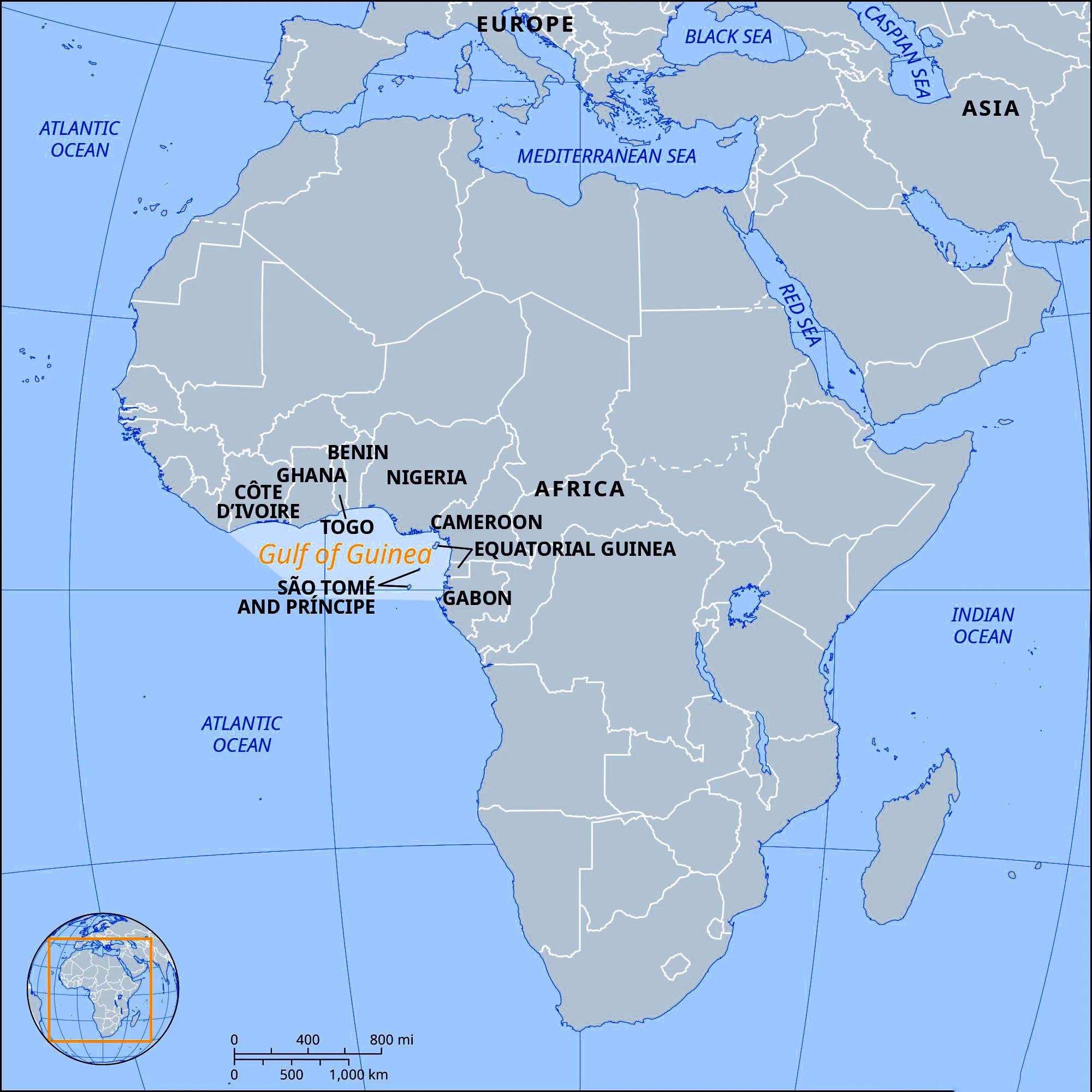
News Source: The Hindu
Proportionality as a myth in war: The intense bloodshed in the ongoing war between Hamas and Israel has evoked strong emotional responses from people across the world.
About the principle of proportionality:
|
|---|
News Source: orfonline
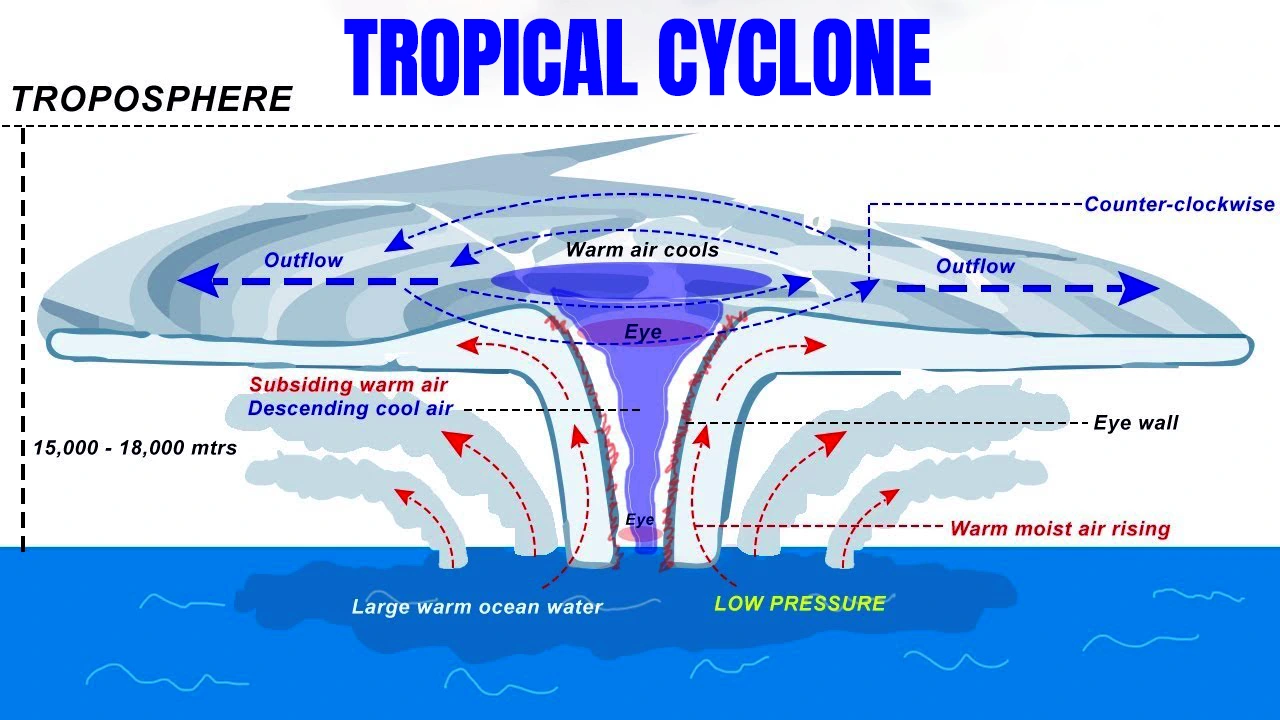
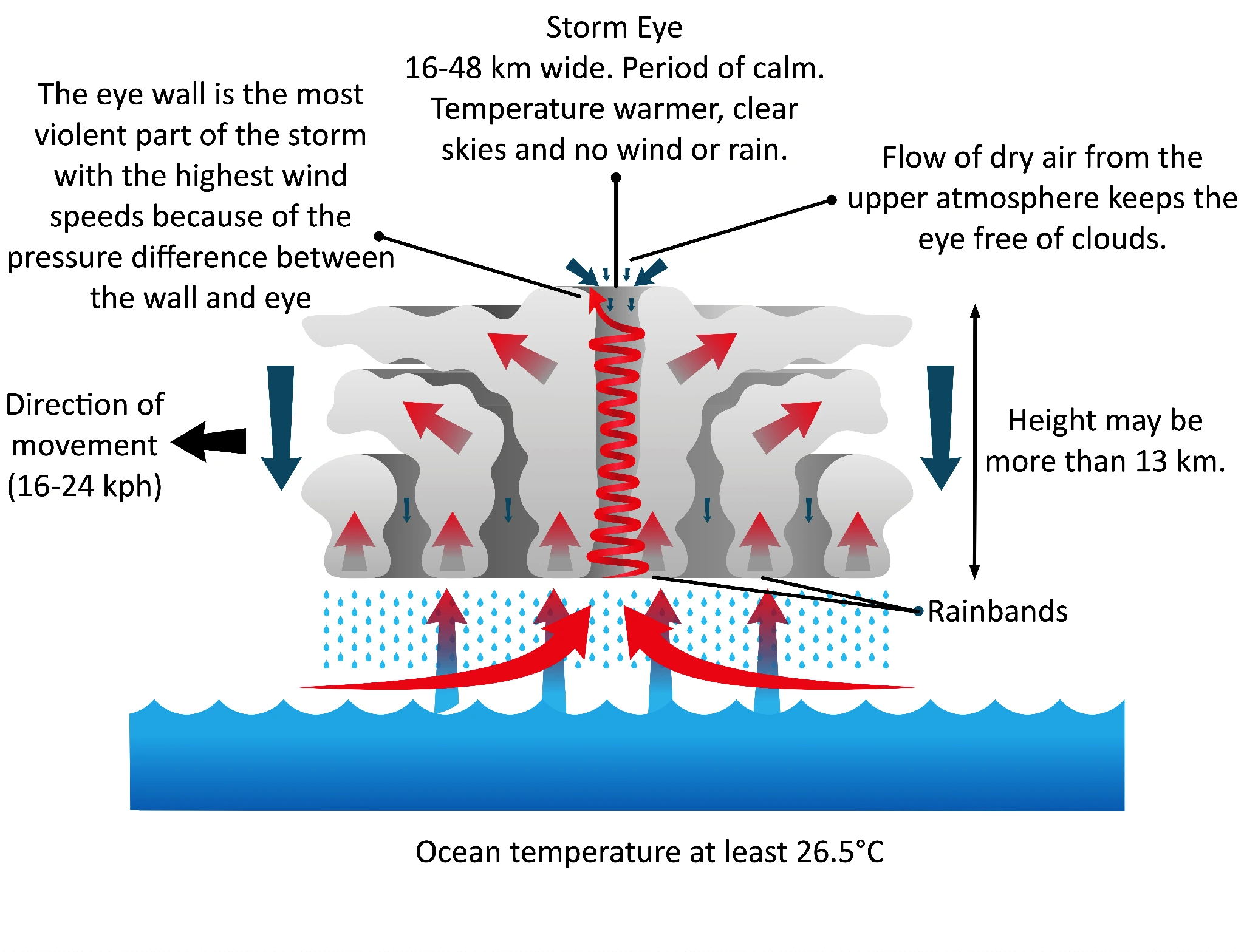
News Source: Live mint
News Source: Live Mint
What is Jhum Cultivation?
|
|---|
Ao Naga Community: The Aos primarily reside in the Mokokchung district of Nagaland. Its most fundamental asset is land. Hence, jhum cultivation or shifting cultivation is one of the primary occupations of Ao Nagas.
Sumi Naga Community:
|
|---|
News Source: DTE
Advertising Standards Council of India (ASCI):
|
|---|
News Source: The Hindu
About United Nations Children’s Fund (UNICEF):
|
|---|
News Source: DTE
About United Nations Convention to Combat Desertification (UNCCD):
|
|---|
News Source: DTE
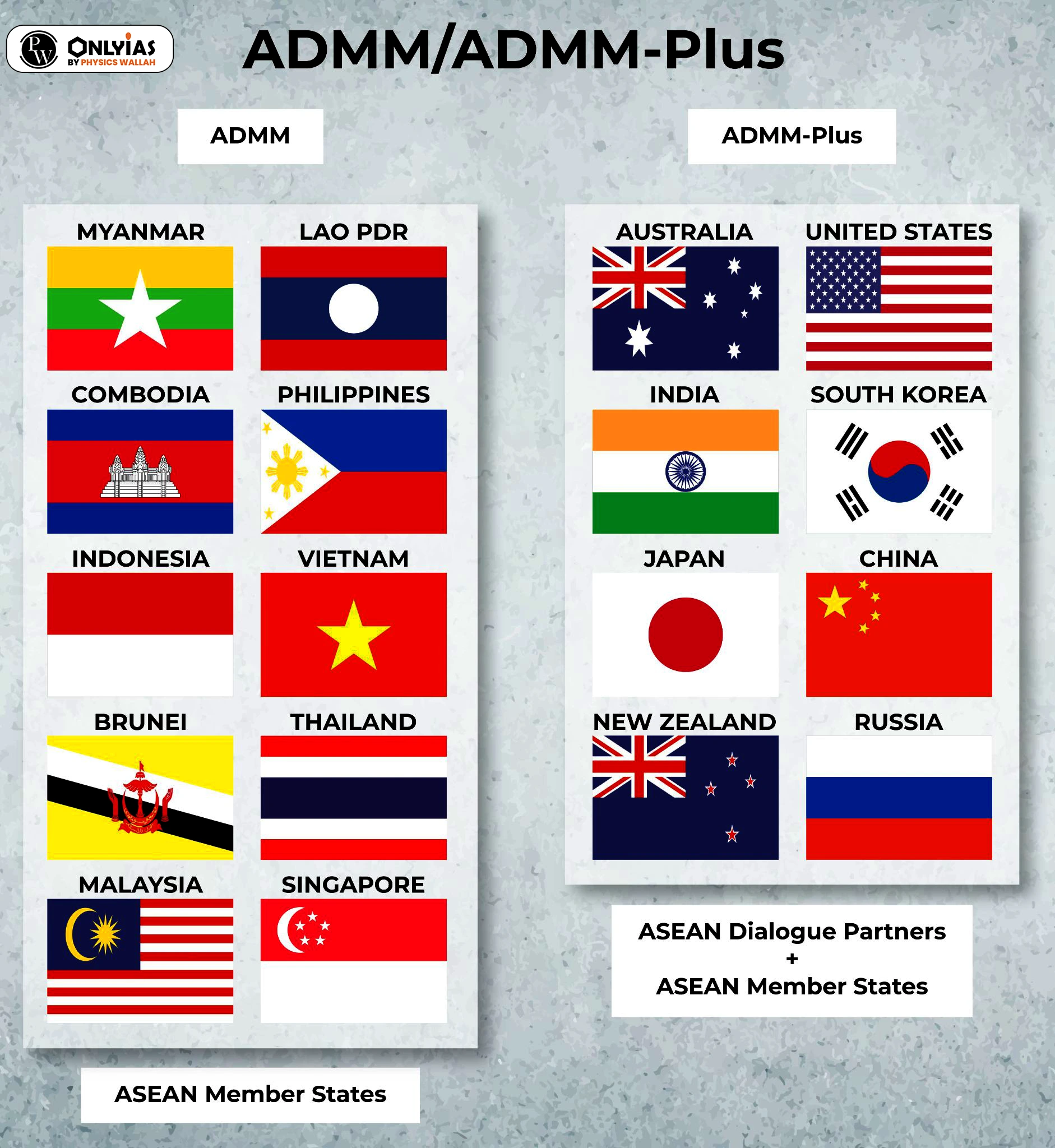
About ASEAN:
|
|---|
News Source: The Indian Express
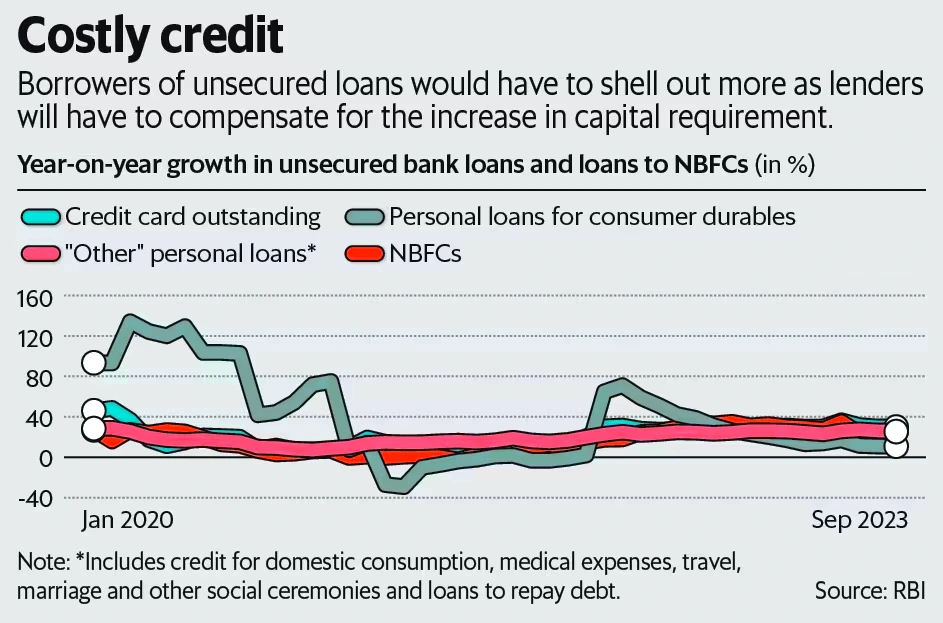
News Source: Livemint
Live-Attenuated Vaccines
|
|---|
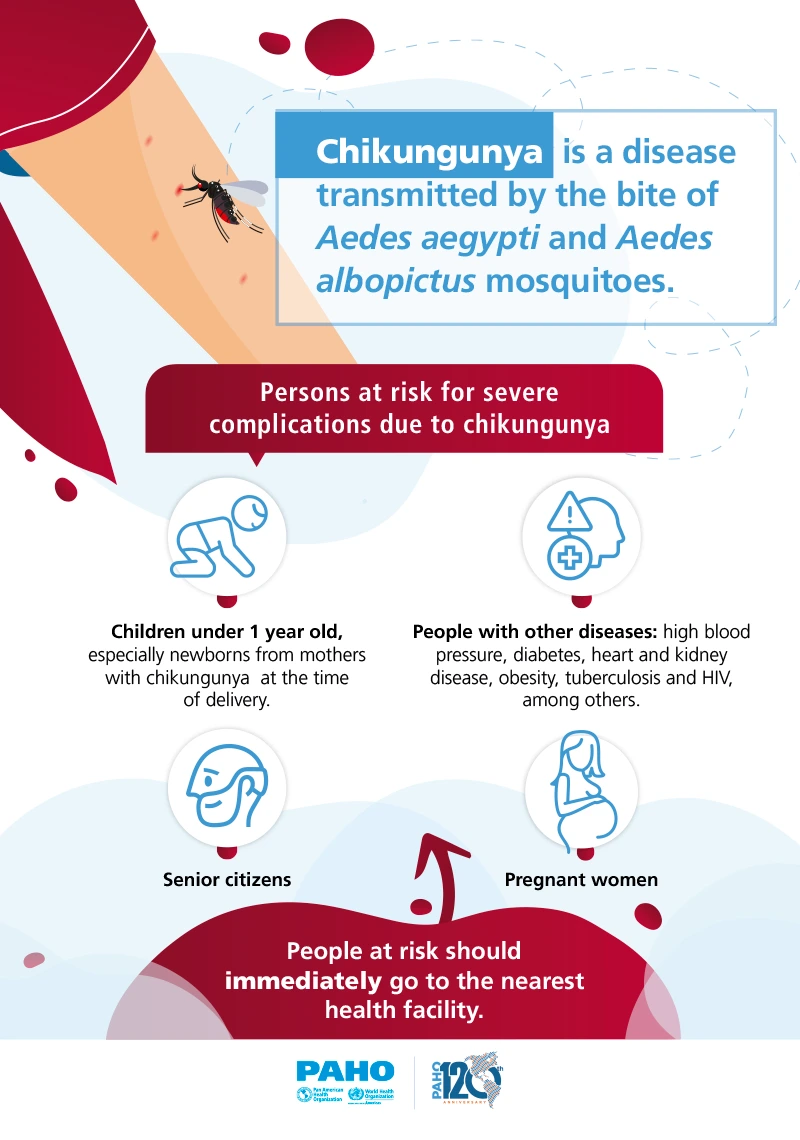
News Source: The Hindu
News Source: The Hindu
News Source: The Hindu
About Schedule Caste (SC)
|
|---|
Also Read: Sub-Categorisation of OBCs
NCSC and NCST:
|
|---|
Constitutional Provisions for Weaker Sections:
|
|---|
The Sub Categorisation of Scheduled Caste is imperative to address internal disparities, ensure targeted social justice, and promote equitable distribution of resources, but careful consideration of constitutional provisions, data accuracy, and potential challenges is essential to navigating this complex terrain for the collective upliftment of marginalized communities.
| Prelims Question (2023)
Consider the following organizations/bodies in India: 1. The National Commission for Backward Classes 2. The National Human Rights Commission 3. The National Law Commission 4. The National Consumer Disputes Redressal Commission How many of the above are constitutional bodies? (a) Only one (b) Only two (c) Only three (d) All four Ans: (a) |
|---|
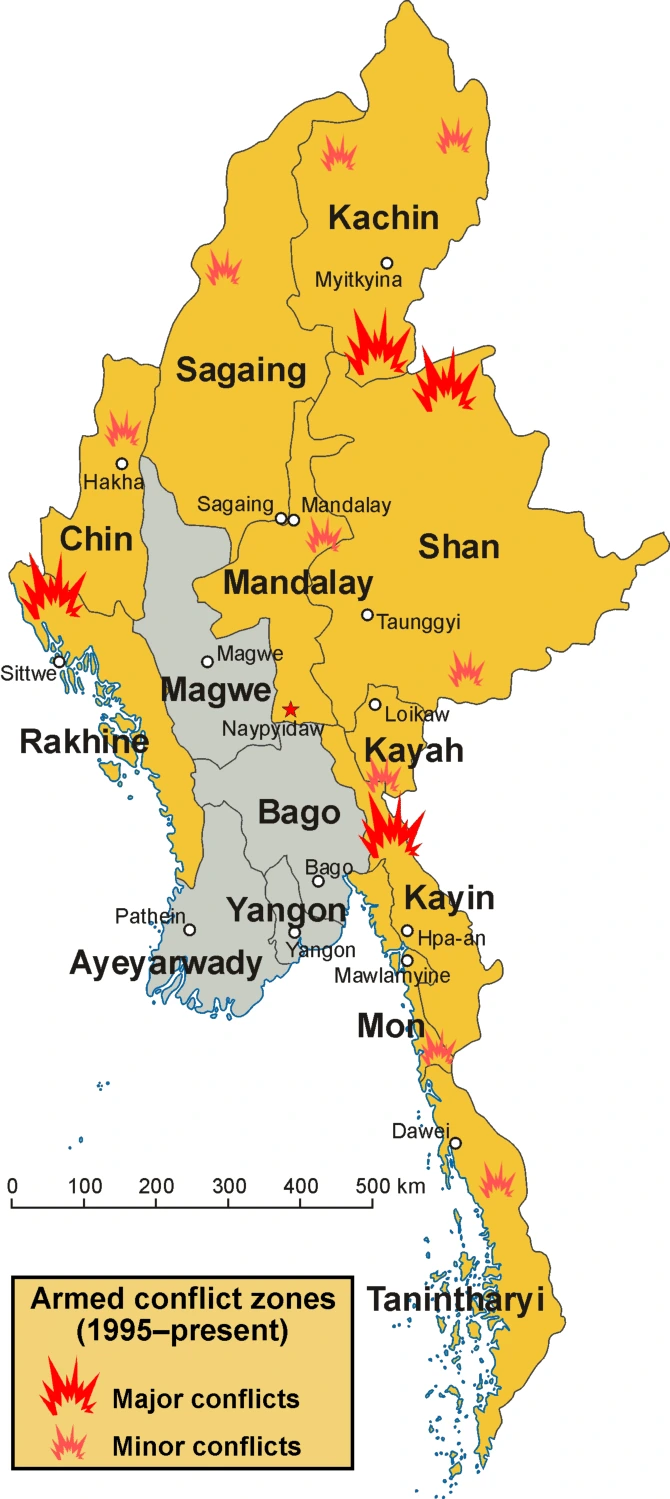

Importance of India Myanmar Relations: India and Myanmar have a rich cultural and religious exchange history dating back centuries.
Free Movement Regime (FMR)
|
|---|


Major Concerns in India Myanmar Relation: India’s concerns in Myanmar are multifaceted and stem from the country’s internal situation and geopolitical context.
Also Read: India’s Northeast Border Tension
With the ground situation in Myanmar evolving rapidly, India’s efforts hold immense significance in fostering regional peace and cooperation and preserving Indian interests in a country that is critical for India’s own internal security in the northeast.
SC Verdict on Newsclick Shows Adherence to Due Pro...
Stay Invested: On Chabahar and India-Iran Relation...
Credit Rating Agencies, Impact on India’s De...
Catapulting Indian Biopharma Industry
Globalisation Under Threat, US Import Tariffs Have...
Global Report on Hypertension, Global Insights and...
<div class="new-fform">
</div>
